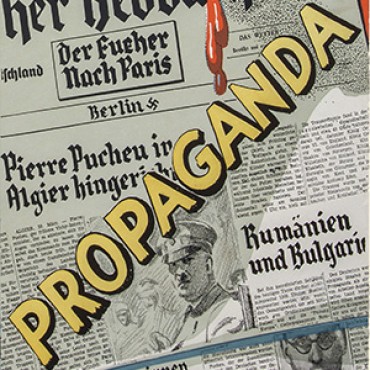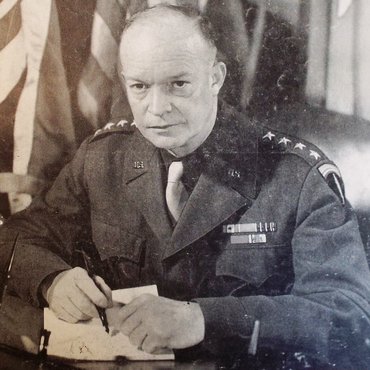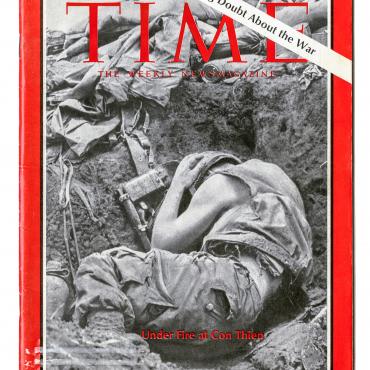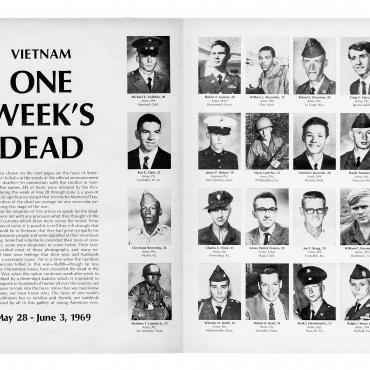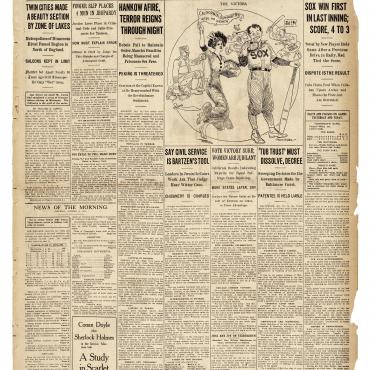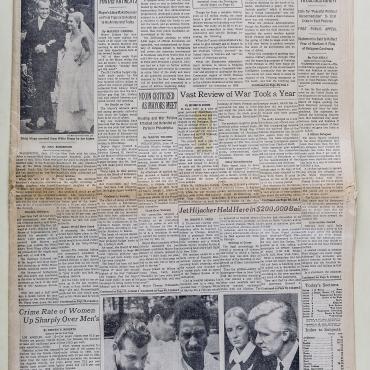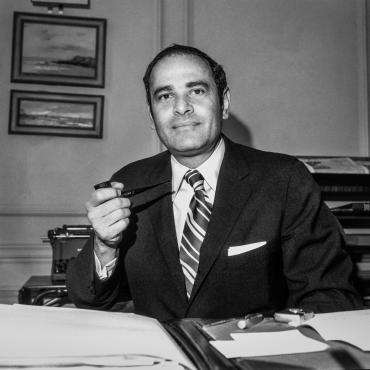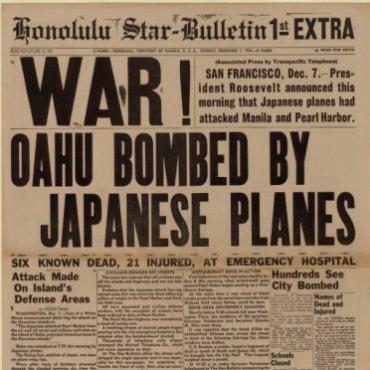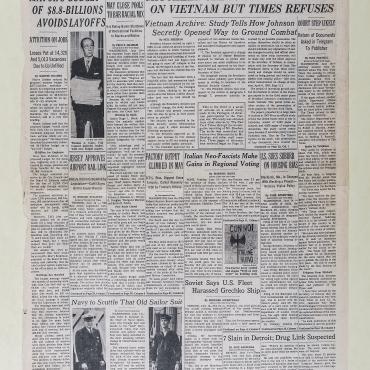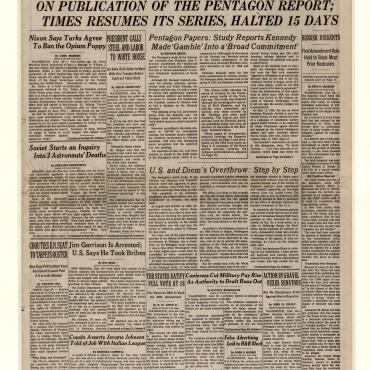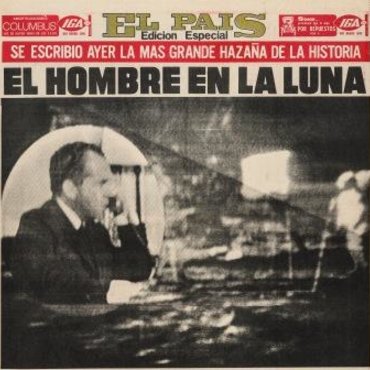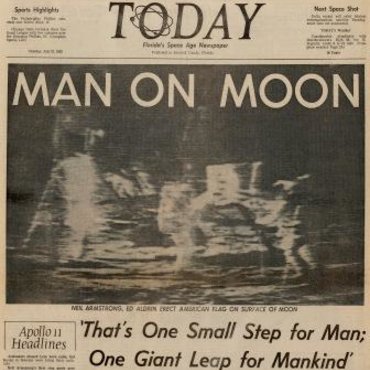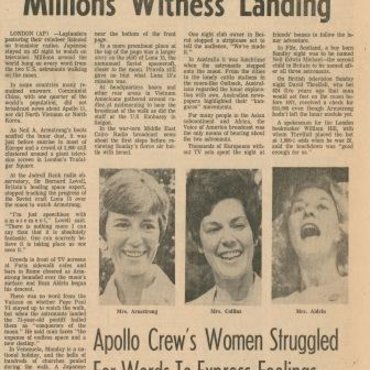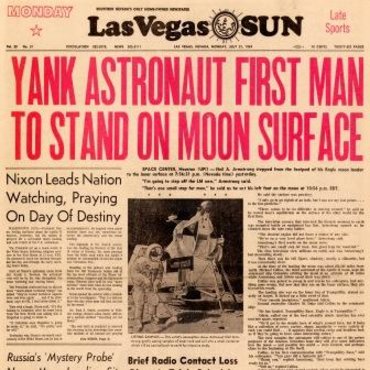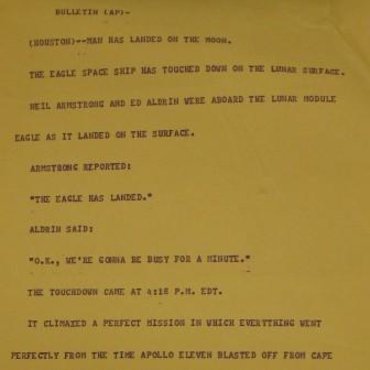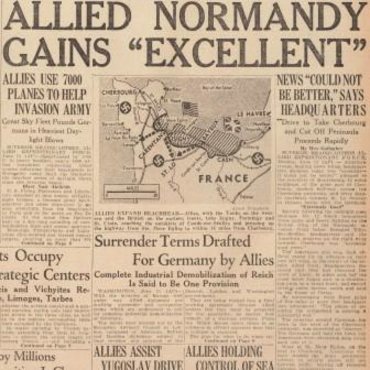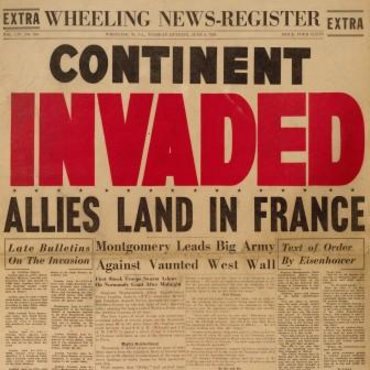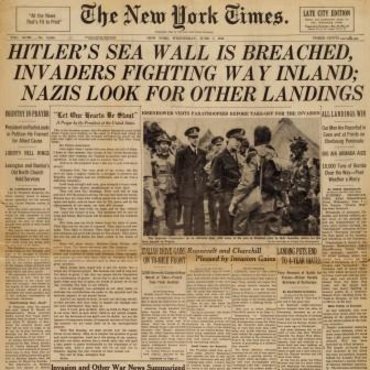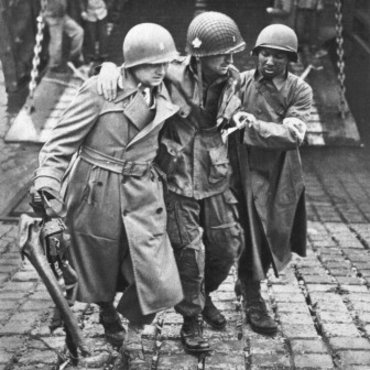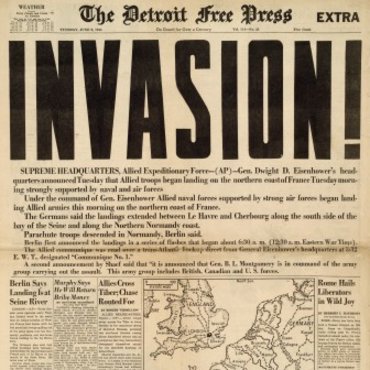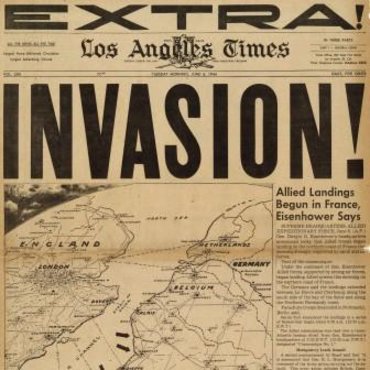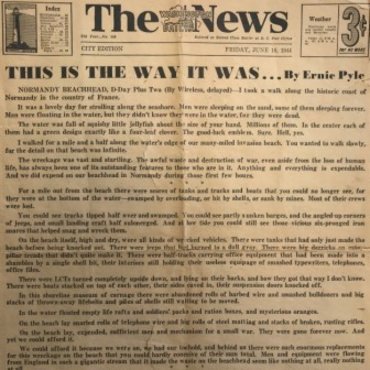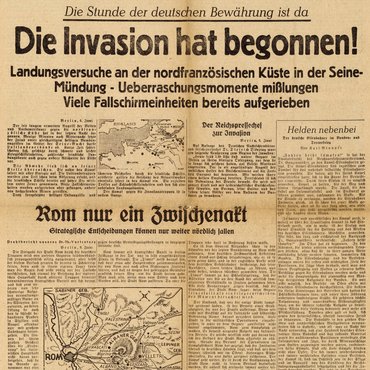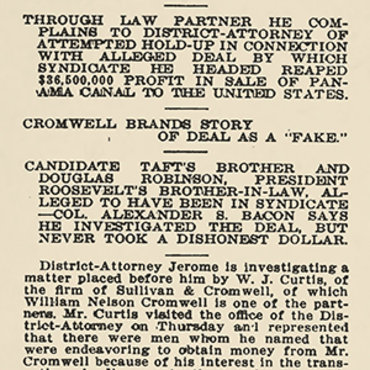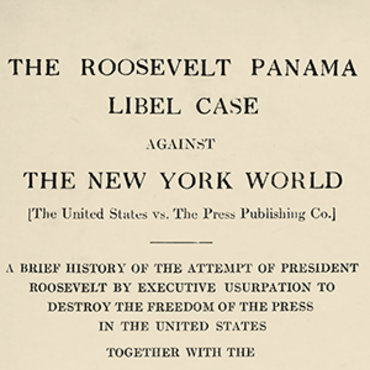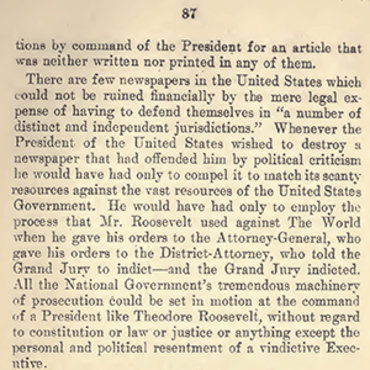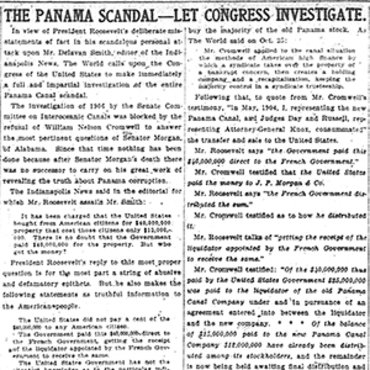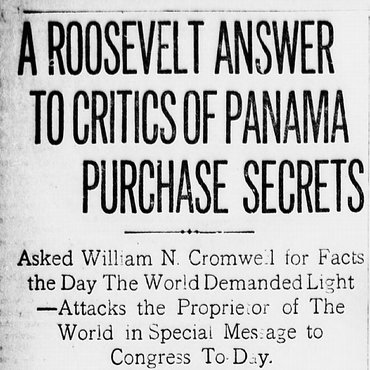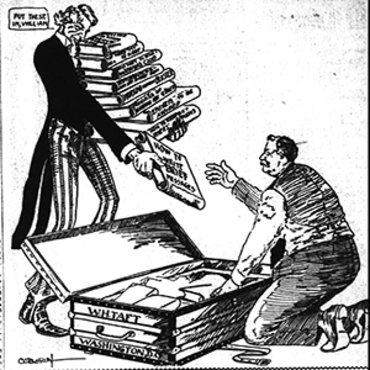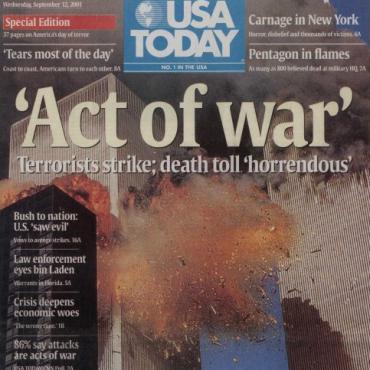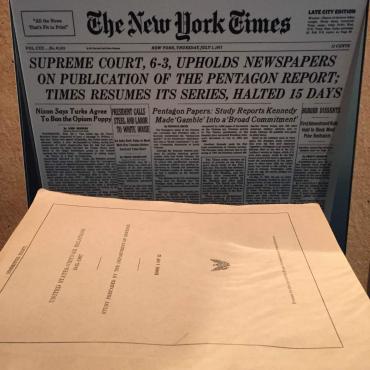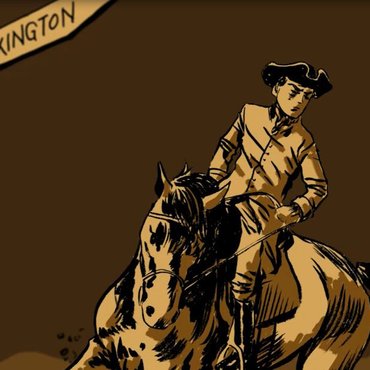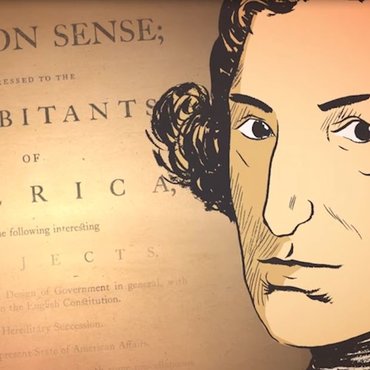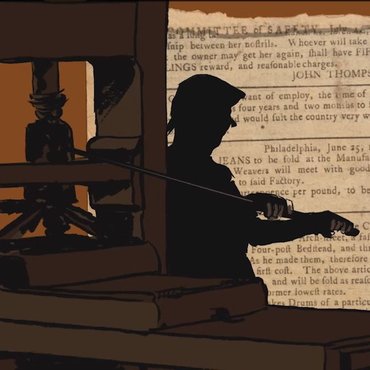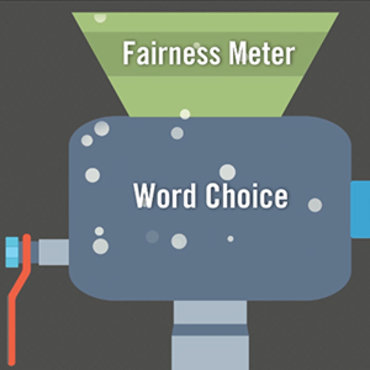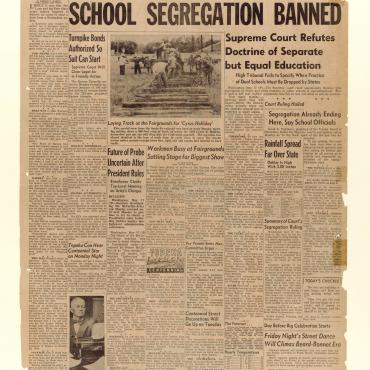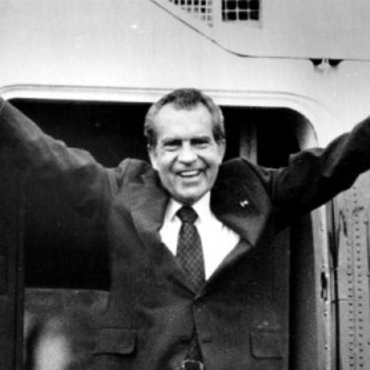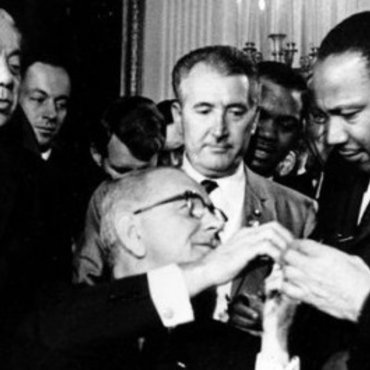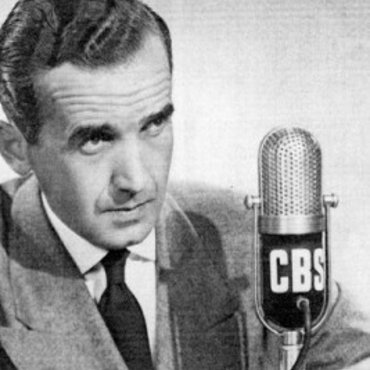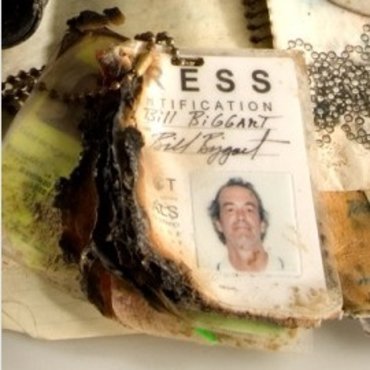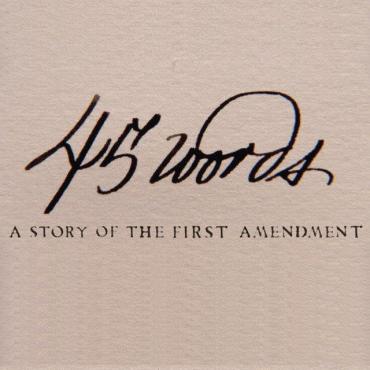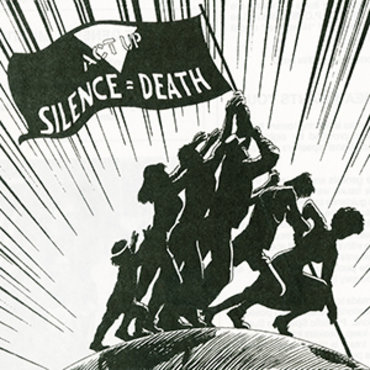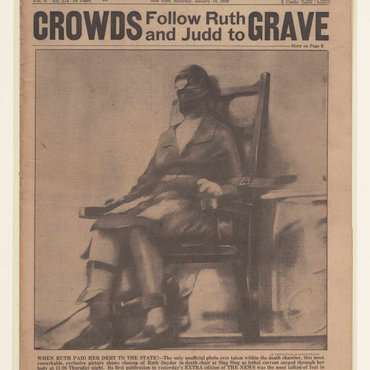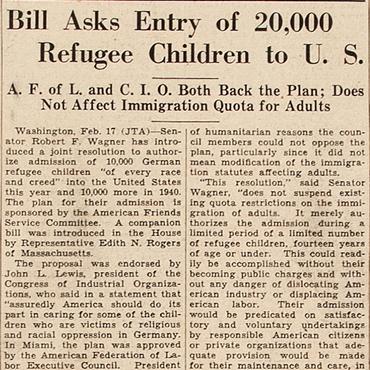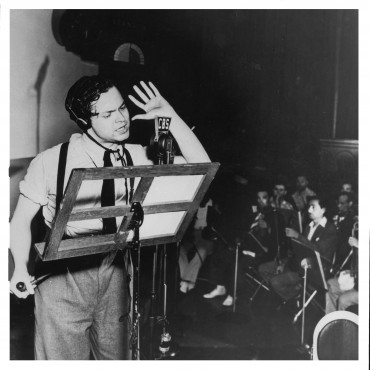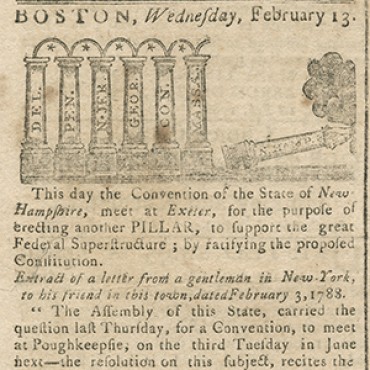Iraq War 2003-2011: Archived Papers
Front pages trace major events in the Iraq War from the invasion in March 2003 to the withdrawal of U.S. troops in December 2011.
Get even more great free content!
This content contains copyrighted material that requires a free NewseumED account.
Registration is fast, easy, and comes with 100% free access to our vast collection of videos, artifacts, interactive content, and more.
NewseumED is provided as a free educational resource and contains copyrighted material. Registration is required for full access. Signing up is simple and free.
With a free NewseumED account, you can:
- Watch timely and informative videos
- Access expertly crafted lesson plans
- Download an array of classroom resources
- and much more!
- Journalism
- War
- World History
Note: The dates are of publication, which may or may not be the actual date of the event covered.
First Strike: March 20, 2003
On the March 19, President George W. Bush addresses the nation from the Oval Office, announcing the start of military airstrikes in a war against Iraq. The action comes after Bush issued an ultimatum that Iraqi leader Saddam Hussein and his sons must leave Iraq within 48 hours or face war. The U.S. government cites Saddam’s possession of weapons of mass destruction and ties to terrorism as justifications for war. (No evidence of an ongoing WMD program would ever be discovered in Iraq.) The targeted strikes, Bush says, are “the opening stages of what will be a broad and concerted campaign.”
(While a page is open, press the pink “view larger” button under the image to zoom in on a higher quality PDF file.)
Ground Invasion: March 21, 2003
U.S. and British troops begin a land invasion, known as Operation Iraqi Freedom.
Shock and Awe: March 22, 2003
The U.S. follows the initial limited strikes with a massive aerial bombardment intended as a show of force. Bombs target a farming complex outside the capital of Baghdad after intelligence reports mistakenly suggest Saddam Hussein might be hiding there.
Baghdad Falls: April 10, 2003
U.S. forces advance into the center of Iraq’s capital. An American armored vehicle helps Iraqis topple a statue of Saddam Hussein.
Major Combat Over: April 15, 2003
Saddam Hussein’s hometown of Tikrit falls with little resistance, and the Pentagon (prematurely) declares an end to major combat operations in Iraq. President George W. Bush echoes that message two weeks later in a televised address aboard an aircraft carrier, with a large “Mission Accomplished” banner in the background. Several papers note escalating tensions with Syria.
Saddam Captured and Sentenced: December 2003 and November 2006
After months of searching, U.S. troops discover Saddam Hussein hiding in a tiny cellar in a rural village just miles from his hometown of Tikrit. Three years later, an Iraqi court finds the ousted Iraqi dictator guilty of crimes against humanity and sentences him to death by hanging. His execution is the next month.
Transfer of Power: June 29, 2004
The U.S.-led Coalition Provision Authority transfers formal sovereignty of Iraq to its new leaders. The simple ceremony is held two days ahead of schedule to thwart any potential terrorist attacks.
News organizations that day also cover a ruling by the U.S. Supreme Court that upholds the rights of detainees — deemed enemy combatants by the Bush administration — being held in the United States or at military facilities at Guantanamo Bay, Cuba.
Election Day: Jan. 31, 2005
Iraqis turn out in large numbers to cast their ballots in the country’s first free elections in 50 years.
Iraq War Ends: Dec. 16, 2011
After nine years of war, the Pentagon uses a closing ceremony in Baghdad to formally mark the end of U.S. military operations in Iraq. About 4,500 American troops and more than 100,000 Iraqi civilians died in the war. The muted farewell doesn’t make the front pages of many newspapers.
